
There will never be another Jack.
As Margaret Atwood wrote, “he swung onto the scene like a swashbuckling pirate. He took chances on authors, published them with fanfare, and promoted them in daring and original ways, and he remained loyal to them….”

This book of Jack’s letters (IMAGINING CANADIAN LITERATURE: The Selected Letters of Jack McClelland) is an oldie (1998) but a goodie: a thoroughly entertaining and diverting read.
Imagining covers correspondence between Jack and his stable of now-legendary Canadian authors from the ’40s, through the ’80s.
Jack McClelland was probably the most famous book publisher Canada has ever produced. Much of the substance of this book of letters takes place during the lead-up to and height of what was probably largely his own creation – the “CanLit” scene of the ’70s/’80s.
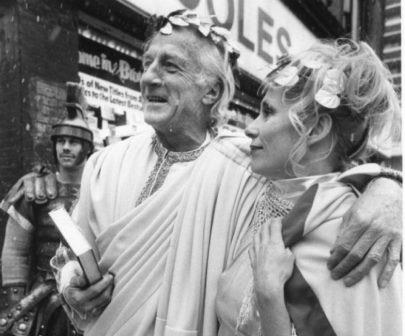
Jack with Sylvia Fraser, rode up Toronto’s Yonge St. in the ’70s dressed in togas, in a chariot, to promote her book The Emperor’s Virgin.
He was a very entertaining letter-writer, as are most of the authors he writes to and often fights with — over such things as their proposed book titles; their complaints about how their book was promoted or sold; and sometimes about their private lives.
I have my own letter from Jack, which I treasure, though that wasn’t necessarily my first reaction to it. I was curious in this book to see if he was as clear, forthright, concise, and curiously amusing with everyone he wrote to. Apparently yes.
Jack McClelland’s letters make it evident what a wily coyote he was, always putting Canadian literature, his family’s publishing company McClelland & Stewart, and Canadian authors first – not always, and not consistently in that order.

Claire Mowat
In 1974 with the 20th century feminism movemet well underway, we see Jack writing to Claire Mowat, Farley’s wife, opining that he feels she might want to take up art, not writing. In responding to what he calls a possible “stoppage of the progress on your manuscript,” after what sounds as if there may have been a bit of a brouhaha, Jack on the one hand encourages her to finish it, yet later in the same letter says, “My concern is related to the long-term prospect of a wife develping a career that parallels her husband’s,” then again urges her to continue with her manuscript. She did and later published half a dozen wonderful books with Key Porter or M&S). Elsewhere in the book he encourages Margaret Laurence to choose career over marriage.
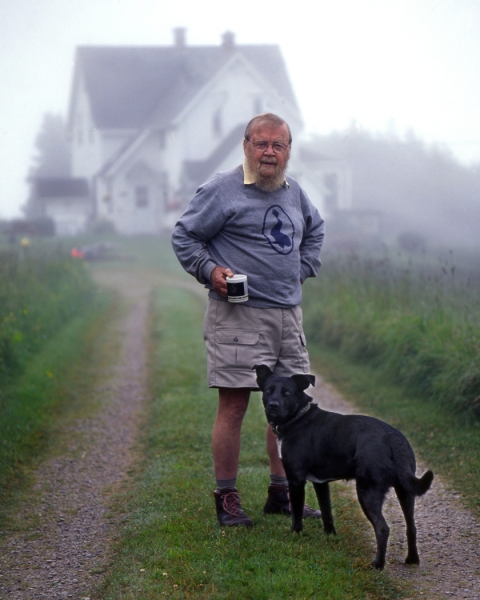
Farley Mowat and one of his ever-present dogs, usually Newfoundland water dogs.
Jack’s letters to Farley (and Farley’s back) are raucous and racy.
“Dear Farley – This letter is in reply to your medical report. One thing should be understood at the start, and that is that it is all clearly psychosomatic bullshit. You know very well that I’m the sick one, even allowing for the hypochondria. Christ.”
Cheers!
Jack always signed his letters off with “Cheers!” even when he was reaming someone out.
And even when he was reaming someone out, he would reassure them of his love and continued devotion generally in a last paragraph. The bonds between publisher and writers were strong and often very personal.
Jack dictated his letters to his secretary on a Dictaphone® and as I read, I imagined her pounding these missives out, first on a manual typewriter in the ‘50s and ‘60s, maybe eventually graduating to an IBM Selectric® in the ’70s and onwards. Jack was sometimes able to blame her or the equipment when he was delayed in replying.
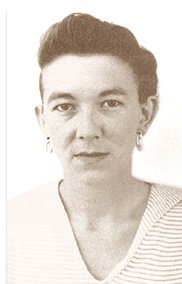
Margaret Laurence
It’s interesting to come upon a letter from a time (in this case, Jan. 1963) when Margaret Laurence was not yet one of Canada’s most famous writers and find Jack writing to Mordecai Richler in London, asking Mordecai to take this young writer, Margaret Laurence, under his wing.
“One of my favourite writers, a gal by the name of Margaret Laurence, is now living in London. Her husband is off in deepest Africa or some such, and she’s there with her children. I don’t know whether you know her writing. She’s won several….. I’d be grateful if you and Florence would have her over some evening and introducer he to a few people. She’s extremely intelligent and a lot of fun, I think you’d like her.” (January 22, 1963)
Later in her career, Margaret Laurence and Jack would go at it dagger and tongs over a literary conference they’d both attended in Calgary. Each gave the other no quarter, but they both professed their love or each other anyway at the end of every letter.
After haggling with her about the title—Hagar—she has proposed for one of her books, Laurence writes to Jack in 1963: “As I was brooding about this question, another title occurred to me, and now it seems to me that it was so clearly meant to be the title of this novel that I am astonished I did not think of it before. It is The Stone Angel. I wonder what you think of it?”
Hmn…….
He felt much the same way about titles as he did about column inches and negative book reviews. Here he responds to her about a title that would eventually be The Fire-Dwellers.
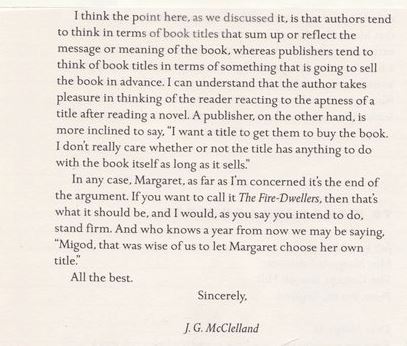
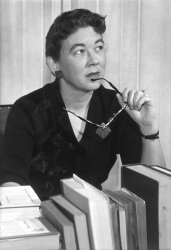 Later, when Laurence is going through a divorce, Jack writes prophetically and a bit ironically considering what he had written to Claire Mowat about her writing career (but Margaret Laurance was not married to one of his writers).
Later, when Laurence is going through a divorce, Jack writes prophetically and a bit ironically considering what he had written to Claire Mowat about her writing career (but Margaret Laurance was not married to one of his writers).
Jack tells Margaret he has “something more important than any marriage I’ve ever heard about. By which I mean your career, which I say in all humility should make you one of the great international writers in the next decade or so.”
Complaint department
Jack could be rapier funny, rude, smart, apologetic, arrogant, affable, loving, outraged—the whole gamut. Given that he dictated all his letters, they are a tribute to his ability to masterfully pirouette his way through any difficulty, debate, or argument — to often win and generally keep the author.|
Authors are notorious for complaining they weren’t given enough publicity, advertising, signings, promotion, etc. for their book. It was, of course, all the publisher’s fault their book didn’t sell.
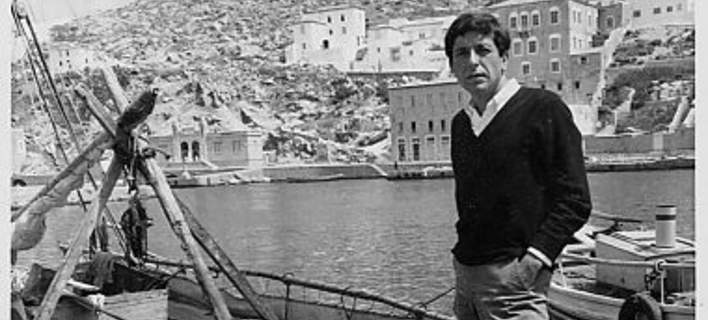
Writing to a young Leonard Cohen in Greece in June 1963 about whether Jack will publish Cohen’s new manuscript (Beautiful Losers), Jack worries:
“I’m a little apprehensive about the reaction of the Catholic Church. It’s either pretty damn sacrilegious or it isn’t….. You are a nice chap, Leonard, and it’s lovely knowing you. All I have to decide now is whether I love you enough to want to spend the rest of my days in jail because of you, and even though I can’t pretend to understand the goddamn book, I do congratulate you. It’s a wild and incredible effort.”
Three years later in May of 1966, Jack would be responding in a very long letter (5 pages in the book), to Cohen’s complaints about how his book promotion was handled and, as always, Jack pulls no punches in how the publishing industry works after publication:
“I recognize at once that since you have suddenly become an authority on all subjects, you will point out that although we have spent a lot of money, it’s been badly spent. Well, I can’t do very much about your opinion in these things. In my personal view, it has been a superb promotion and publicity campaign. The only part of it that misfired, in my opinion, was the failure to con more people into liking the book in advance at the party.”
Jack goes on for pages more dressing Cohen down but also explaining how things work, concluding with:
“My sincerest recommendation to you as a friend is that you relax. Let the achievement of this book speak for itself. Don’t expect any goddamn miracles and forget your new self-appointed and somewhat unbecoming role as an authority on typography, design, art, promotion and publicity, advertising and market analysis. I have long felt that one of your greatest personal attributes is the fact that you are sincerely modest about your accomplishments and that you don’t take yourself seriously.” Boom!
They had a long and fruitful association.
Horse’s arses and self-appointed experts
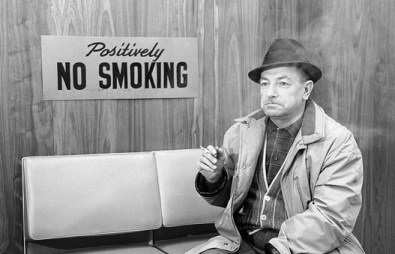 To complaining novelist Hugh Garner Jack writes:
To complaining novelist Hugh Garner Jack writes:
“Dear Hugh: Your reason for sending your Canadian authors to us is marvelous and I agree with it completely.
As a matter of fact I have drafted a form letter that will go out with all our contracts in the future. It explains very clearly that in all probability we will do a lousy job—that the book in all probability will be late, that we probably won’t sell it very well and that we certainly are unlikely to promote or advertise it as well.”
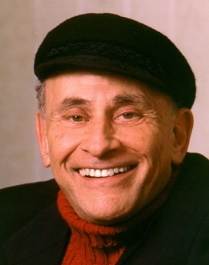
Peter Newman
We find best-selling political author Peter Newman complaining about how author tours go in the salad days when publishers still laid them on: “For my next book, I’ll gladly set fire to myself in front of Hollinger House if you think that’ll help sales, but the one thing I will not do is speak to the Canadian Authors Association. After my impassioned oration on democracy and literature, one little old lady in Winnipeg got up and said, ‘Mr. Newman, do you write in long hand or by typewriter?’ Never again.”
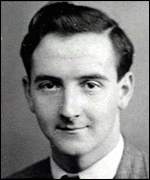
Moore
Jack could be amazingly supportive and flattering when he felt it was justified. To author Brian Moore he wrote:
“Dear Brian: What you so casually refer to as a long short story also just happens to be one of the finest pieces of writing that I have seen in a long, long time. Hasn’t anybody told you that almost no one in the world writes this well anymore?”
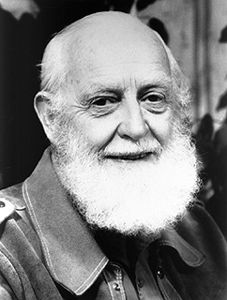
Birney
When poet Dr. Earle Birney had complained to a mutual friend about his book’s treatment at M&S and Jack heard about it, never one to mince words, Jack wrote to Birney: “My guess is that his only conclusion will be that you are a real horse’s ass.”
Just the column inches, please
McClelland was not a huge fan of the literary critique industry.
Once, poet Al Purdy wrote to Jack trying to justify why he’d written a bit of a scather about Leonard Cohen’s Death of a Lady’s Man, revealing that Al might have harboured a little artistic jealousy at the end: “What? Do I hear you say you don’t want me to say what I feel and think?… Surely you don’t want me to be a yes-man who always agrees with you? I know you have a special feeling for Cohen, and believe he is a special human being.”
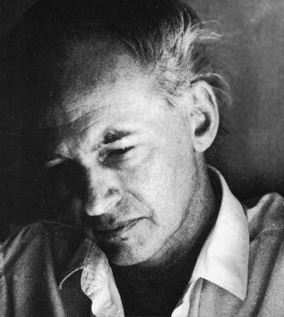
Purdy
Jack wrote back:
“In my trade, reviews are of little significance except for any effect they may have on the psyche of the author. Bu that’s the author’s problem, not the publisher’s. I don’t think reviews, pro or con, have any profound effect on the immediate or future sales of any book.
In fact, I would prefer a negative review with a lot of space to a short positive review. I measure the value in column inches.”
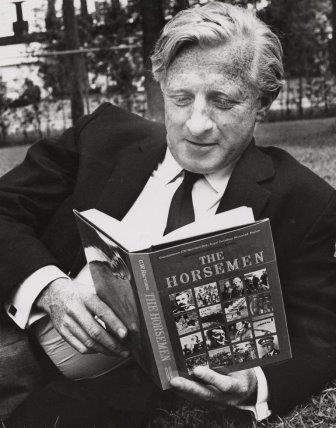 Ardent literary nationalist
Ardent literary nationalist
Jack was beyond ardent as a Canadian literary nationalist. As editor Solecki notes in the introduction to Jack’s letters of the Seventies:
“If the 1945-60 period had hinted at the possibility of a strong Canadian [-owned] publishing industry, the sixties brought everyone back to earth with the arrival of American [publishing] branch plants in Canada.
By 1969, not only were 80 per cent of all imports American in origin, but 59 per cent of all books published in Canada originated from American branch plants. Only 20 per cent were Canadian. [my emph.]
Canadians were warned and warned from then onwards that we could lose what little Canadian publishing industry we owned and Jack worked relentlessly along with this authors to stave this off.
But it happened.
Do Canadian writers still have to make those wrenching decisions?

Decisions like whether to go with a Canadian publisher and perhaps not even make it into the US market.
Or go with a US publisher and be asked to re-set your book from Toronto to New York or LA.
So much has changed in Canadian and global publishing since the days of Jack McClelland: he might not even recognize the markets now. e-publishing, self-publishing, huge booksellers starting their own publishing arms, and small indie houses, have changed the face of publishing everywhere.
Was the “CanLit” movement something we needed then but the moment of necessity passed? Maybe piece in Publisher’s Weekly: “Canadian Publishing 2016: The World Needs More Canada” can help you decide.
McClelland & StewartFounded a hundred and eleven years ago in 1906 by Jack’s father, and initially more of a Canadian distributor of UK and US published books, who owns McClelland & Stewart now? I plugged that question into Google and here’s what came up:
McClelland & Stewart Limited is a Canadian publishing company. It is owned by Random House of Canada, a branch of Random House, the international book publishing division of German media giant Bertelsmann.
Do we need another Jack? You be the judge.
A sample of Jack’s relaxed but direct letter-writing style. Written during a time when Margaret Laurence was facing censorship, today still an ongoing problem in Canada.
(This letter is not from the book and he was wrong about Cape Breton’s beloved writer Alistair Maclean.)
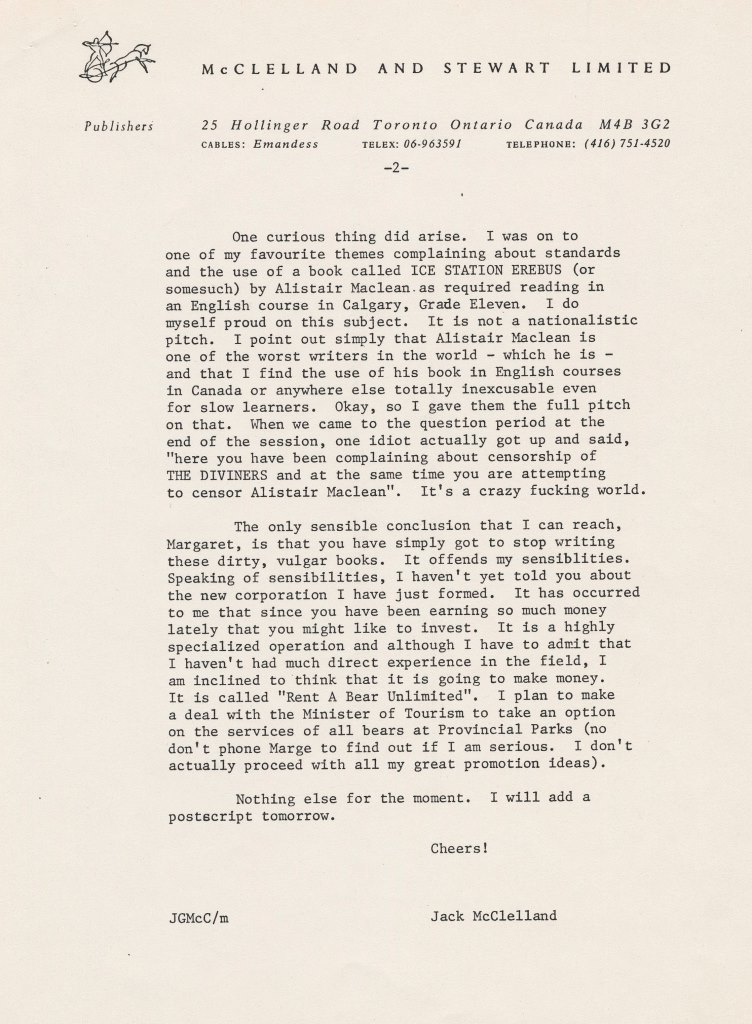
IMAGINING CANADIAN LITERATURE: The Selected Letters of Jack McClelland
edited by Sam Solecki
Key Porter Books Ltd., Toronto
published 1998
ISBN 1-55013-953-3
Born “John Gordon McClelland,” to John A. and Ethel McClelland, Jack was 81 when he died on June 4th, 2004. Globe and Mail obituary. CBC obituary.
© 2017 Margo Lamont

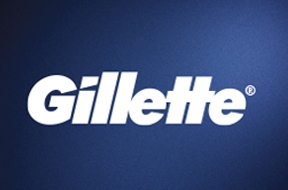
 It’s passing interesting that a global corporation now sees its role as doing something that ideally would occur in family homes, but this is 2019 after all.
It’s passing interesting that a global corporation now sees its role as doing something that ideally would occur in family homes, but this is 2019 after all.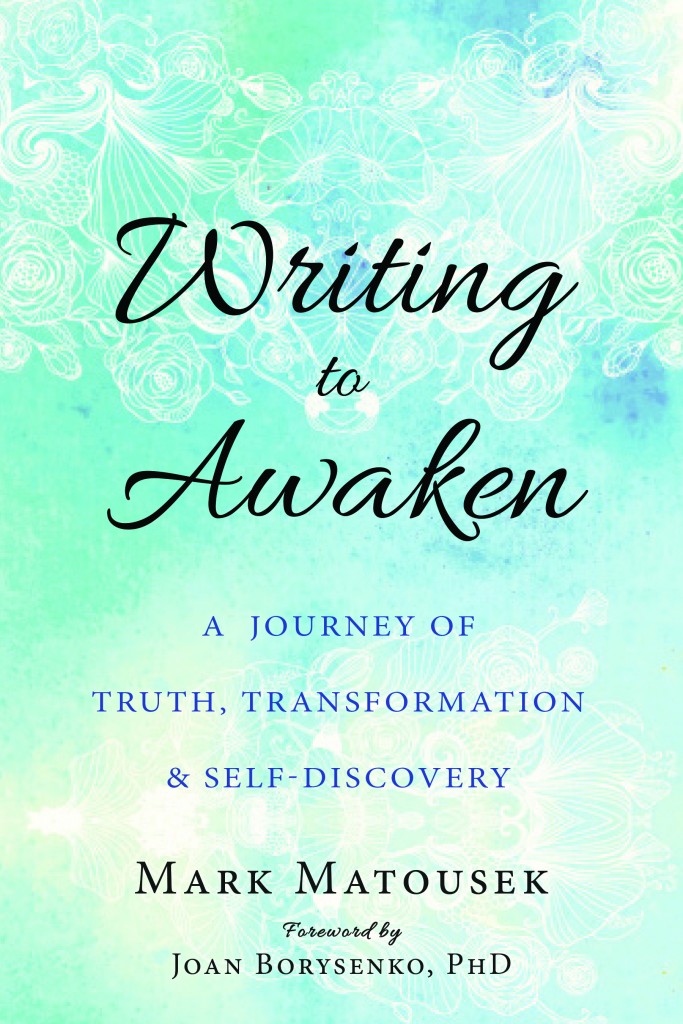 Went to hear
Went to hear 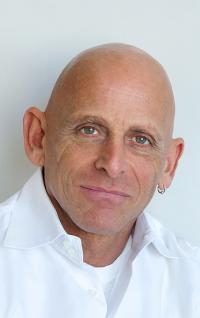 I didn’t know any of what follows when I went to his talk. But googling him afterwards, I learned that although he’s led a very interesting life, the existential reasons for his zigzagging spiritual journey are not at all pleasant.
I didn’t know any of what follows when I went to his talk. But googling him afterwards, I learned that although he’s led a very interesting life, the existential reasons for his zigzagging spiritual journey are not at all pleasant. I sure did—do, really. I like to retain the
I sure did—do, really. I like to retain the Because it seems demonstrably true that those who have killed, cheated, lied, and stolen throughout history (e.g., royalty, pharaohs, tyrants, politicians, presidents & prime ministers, and the high clergy of most all religions) have prospered while they sold what was perhaps a bill of goods to “the people” about good behaviour (i.e., not rising up and getting rid of royalty or corrupt clergy or CEOs). And how not grabbing one’s share of the pie would get you into a “better place” in the “hereafter.”
Because it seems demonstrably true that those who have killed, cheated, lied, and stolen throughout history (e.g., royalty, pharaohs, tyrants, politicians, presidents & prime ministers, and the high clergy of most all religions) have prospered while they sold what was perhaps a bill of goods to “the people” about good behaviour (i.e., not rising up and getting rid of royalty or corrupt clergy or CEOs). And how not grabbing one’s share of the pie would get you into a “better place” in the “hereafter.”
 Predictably, those who rule have come up with what George Orwell foresaw back in 1949—permanent war. Always a threat. From within. From without.
Predictably, those who rule have come up with what George Orwell foresaw back in 1949—permanent war. Always a threat. From within. From without.
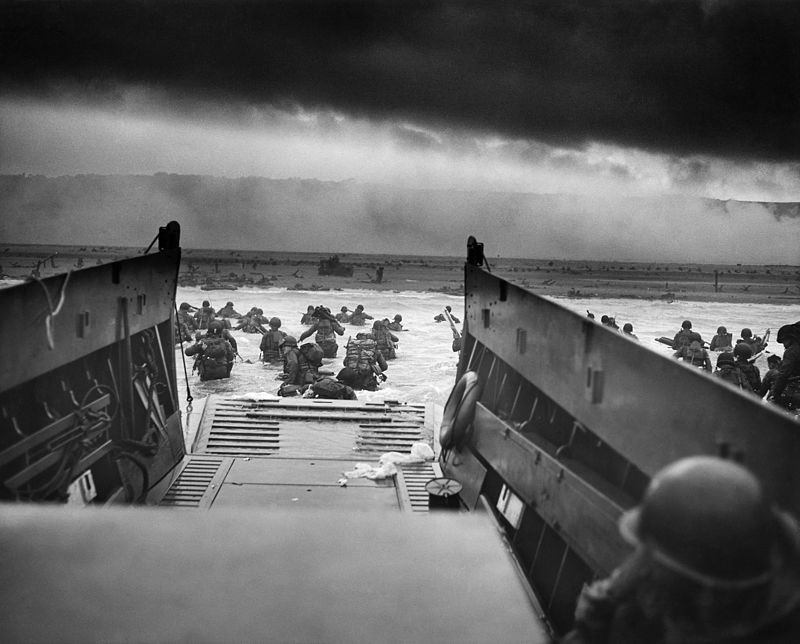
 Sigmund, you asked, “What do women want?” And you, a man, told us.
Sigmund, you asked, “What do women want?” And you, a man, told us.






 Later, when Laurence is going through a divorce, Jack writes prophetically and a bit ironically considering what he had written to Claire Mowat about her writing career (but Margaret Laurance was not married to one of his writers).
Later, when Laurence is going through a divorce, Jack writes prophetically and a bit ironically considering what he had written to Claire Mowat about her writing career (but Margaret Laurance was not married to one of his writers).
 To complaining novelist
To complaining novelist 



 Ardent literary nationalist
Ardent literary nationalist

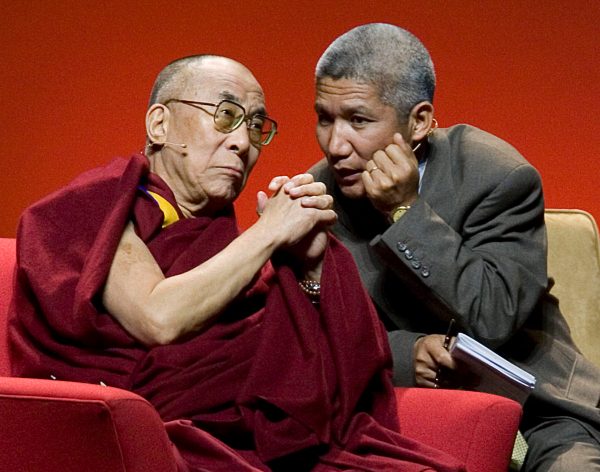

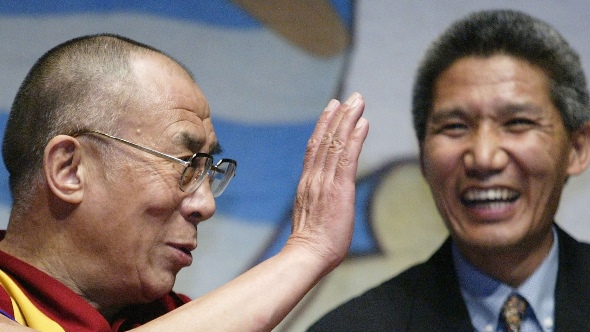 Thupten Jinpa’s talk:
Thupten Jinpa’s talk: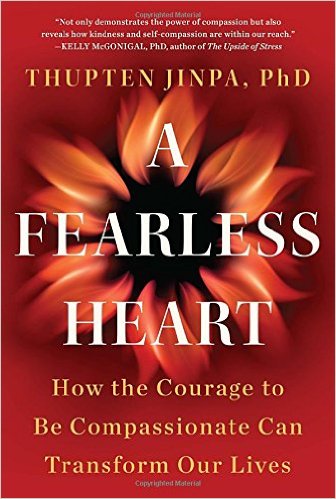

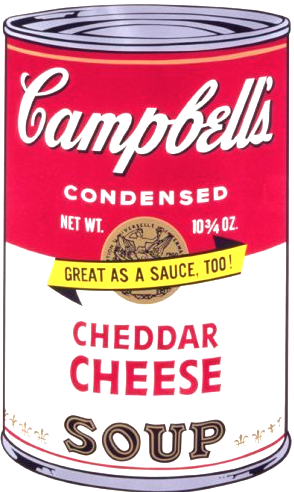
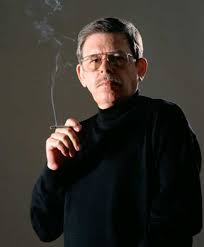

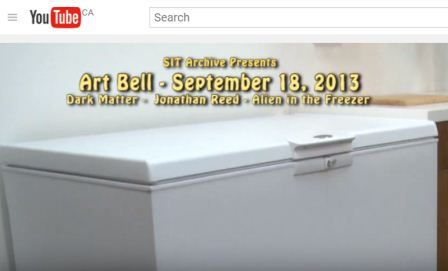


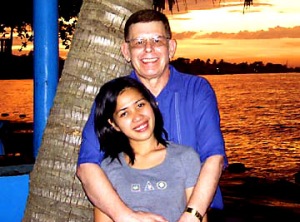 When, about a year later, Art announced that he was marrying a young Filipina woman, the judgment was ferocious. Art moved with his wife Airyn to the Philippines for a time and his network so valued him, that they worked things out so he could broadcast from the home-studio he built in Manila. Airyn and Art had a beautiful little
When, about a year later, Art announced that he was marrying a young Filipina woman, the judgment was ferocious. Art moved with his wife Airyn to the Philippines for a time and his network so valued him, that they worked things out so he could broadcast from the home-studio he built in Manila. Airyn and Art had a beautiful little 